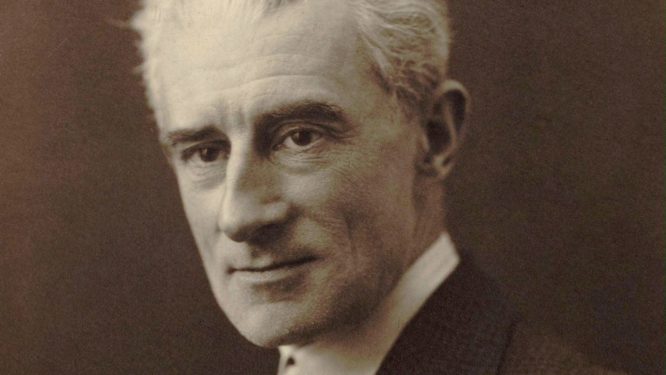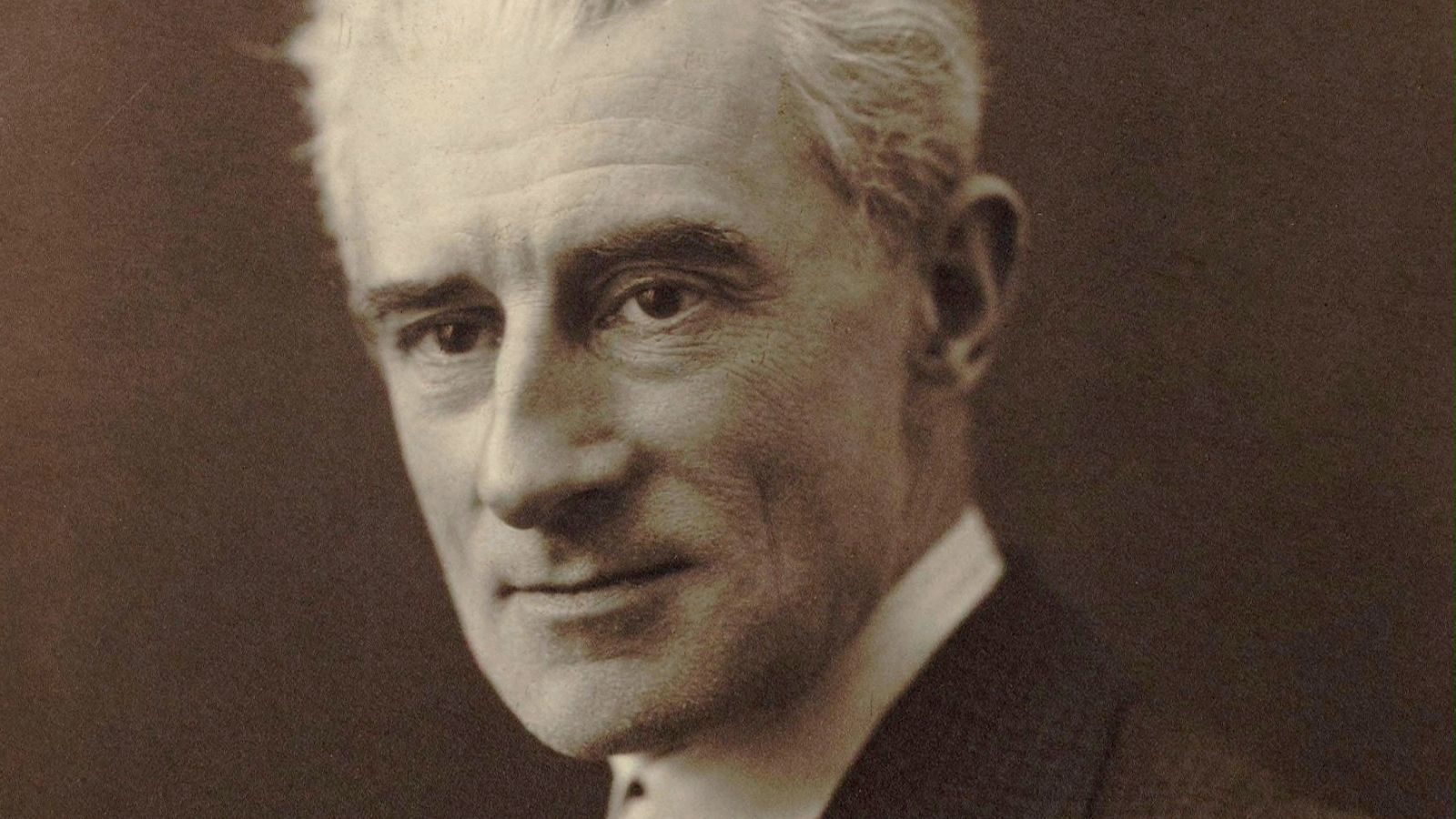Maurice Ravel

DATES
1875-1937
NATIONALITY
French
STYLE/PERIOD
Modern 1920-Present
FAMOUS WORKS
Le tombeau de Couperin, Daphnis et Chloé, Boléro

BIOGRAPHY
Maurice Ravel was born in Ciboure, France, very near the Spanish border, in 1875. His mother, who was from Spain, loved to sing Spanish folk songs to him when he was growing up. His father, an engineer from French Switzerland, enjoyed tinkering with inventions in the early days of the automobile, but his most notable project was a loop-the-loop circus contraption called ‚ÄúThe Whirlwind of Death.‚ÄĚ Luckily for his son, he also enjoyed music and supported the young Maurice when he began piano lessons at the age of 6.
Ravel went on to study piano at the Conservatoire de Paris, and even won first prize in a student piano competition. But the requirements for pianists at the Conservatoire were very tough, and a few year later he was kicked out for not winning enough medals. In 1898, however, he returned to the Conservatoire, this time to study composition with the famous composer Gabriel Fauré. Unfortunately, he was expelled again for not winning the fugue and composition prizes!
Not to be deterred, Ravel joined a group of artists, poets and musicians called ‚ÄúThe Apaches‚ÄĚ in 1890, and continued to compose. Other famous Apaches included Igor Stravinsky and Manuel de Falla. Ravel‚Äôs early masterpiece, Pavane for a Dead Princess (1902) was performed by this group. Although Ravel never had any children of his own, he loved children, and he composed the Mother Goose Suite for two pianos between 1908-1910. People liked it so much that he later orchestrated it and presented it as a ballet.
Ravel is remembered most for Boléro, an orchestral work that he wrote for a famous Russian dancer named Ida Rubenstein. In this masterpiece, it’s easy to hear how Ravel was inspired by the Spanish songs that his mother used to sing to him.